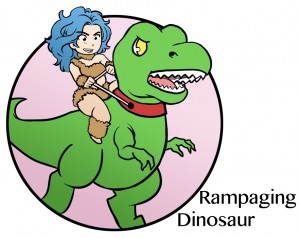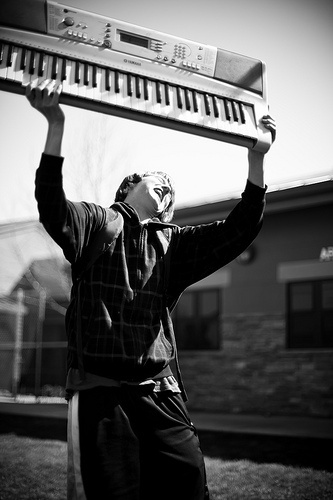In the early 1960’s, a 53 year old man problems was admitted to hospital with a severe case of bronchial asthma. The attack was followed by two more, all of which resulted in semi-consciousness and epilepsy-like convulsions. Each time he was treated, given a medical regimen, and released, only to have an attack occur again when he returned home. Eventually, despite the efforts of a bevy of medical personnel, he died from an asthmatic attack.
An interesting reaction from a man who hadn’t even had as much as a cold in the last ten years.
In 2007, New Zealand pharmacies started dispensing a slightly different formulation of the thyroid hormone replacement drug Eltroxin, and within two years people reporting side effects of the new drug went through the roof. These reports included normal side effects of the drug, such as lethargy and depression, but they also included unexpected symptoms- like eye pain, itching, and nausea.
This despite the fact that the active ingredient in the new drug was exactly the same, and testing proved that the new formulation was bioequivalent to the old one. The only thing that changed were the tablets’ size, color, and markings.
In the 1980s, Hmong men started dying in their sleep months after they had immigrated from Laos. All had been healthy young men, scattered throughout the country, and all had fallen victim to an obscure genetic cardiac arrhythmia that was prevalent in southeast Asia- despite the fact that similar immigrants didn’t suffer in the same way.
Then, years later, a researcher cracked the case when she discovered a common cultural belief that the young man shared- a fear of the tsog tsuam- an evil night spirit that crushes the life out of those who have not honored their ancestors properly while they sleep.
What do all these stories have in common? They are all examples of Nocebo responses- negative symptoms induced by individuals own negative expectations. Much like a placebo, nocebos are harmless items that cause unexpected consequences in the form of side effects, illness, or even death. And the more that science researches nocebo effects, the more that this strange phenomenon seems to be the cause of things like voodoo deaths or mass hysteria.
In the case of the 50-something sudden asthmatic above, he had long had a rather unhealthy dependent relationship with his mother. However, he remained healthy until he went against his mother’s wishes and sold his profitable night club. When she heard that he wasn’t following her advice he was warned that, “something bad would happen” to him if he went through with his plans. And every time he fell ill she repeated her curse in various forms, until eventually it seemed to do him in.
Similar cases of voodoo death have been observed throughout time. Often times the critical factor is the person’s knowledge of the curse. One has to be aware of the fact that they’re cursed in order to suffer the consequences even if, like a poor Maori woman who ate fruit that was Tapu (or taboo) and passed away a day later, they were unaware that they were doing anything wrong in the first place.
Once an individual is aware of the curse the behavior of friends and relatives plays an important part in further cementing the panic. In most cultures that have taboos or a belief in curses, the friends and family tend to treat the hexed person as if they are already dead- sometimes going as far as denying them food and water. But in anthropological studies it was found that death was not directly the cause of hunger or thirst, as death usually occurred within one or two days, but rather because cursed person was overwhelmed with hopelessness as everyone they knew helped to shape their reality into one in which they were doomed.
Of course, for most people in the modern world it is unlikely that- even if they did manage to be cursed by someone- they or their family would actually believe in the curse enough to cause any real trouble. But a similar nocebo response has been regularly observed in individuals who were given terminal prognoses by doctors- even if those prognoses turned out to be incorrect.
In one particular case a patient, given the name of “Sam Shoeman” in the report, was recovering from surgery for cancer of the esophagus when a liver scan showed something terrifying. According to the scan the entire left lobe of his liver suffered from extensive cancerous growths, suggesting that he only had a few months to live. Shoeman was determined to survive to Christmas, so that he could celebrate it with his family, and he did. He was readmitted just after the new year and passed away within 24 hours.
But Shoeman’s autopsy showed that, instead of the expected fully cancerous liver, he only had a single 2 centimeter nodule. This was nowhere near enough to kill him. Rather, the belief that he was terminal, and the belief of all of his family and friends that he was going to die, was enough to cause his death.
How the heck can a feeling, a belief really, cause your death? Check back tomorrow for the rest of our piece on Nocebos.



Muchos Gracias for your article. Really Cool.
Thank you for your blog article.Thanks Again. Fantastic.